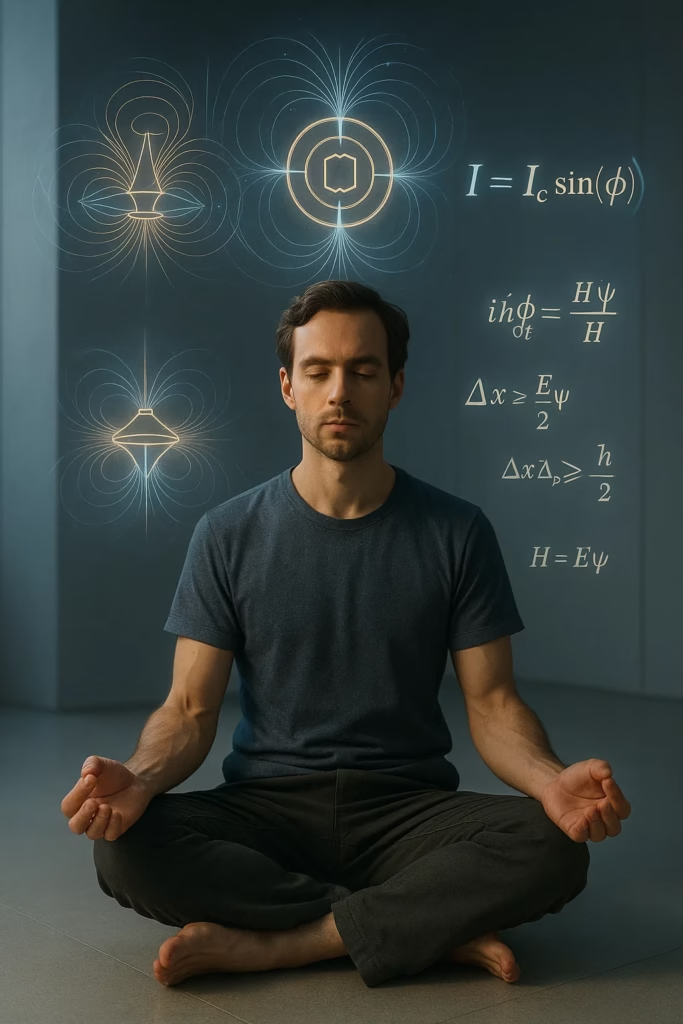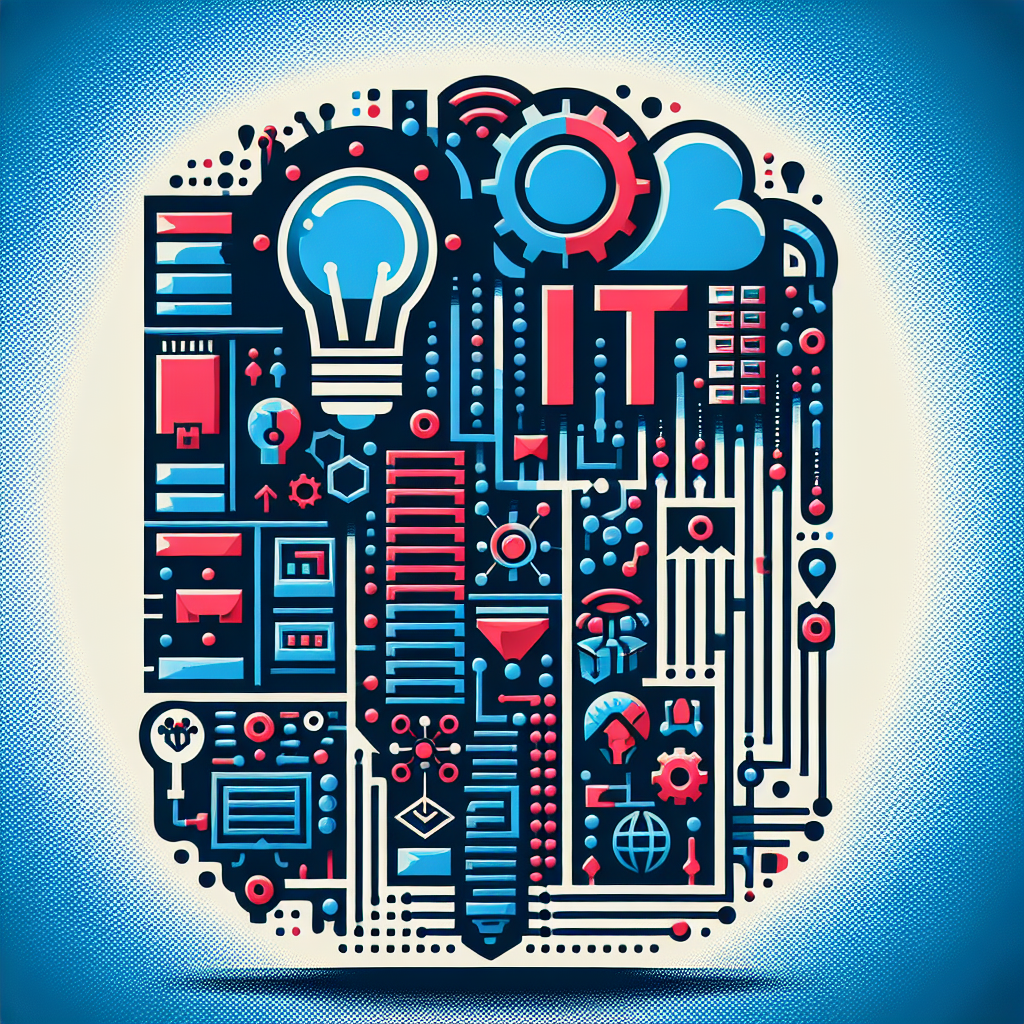The genius who won the Nobel Prize at 33, and then courageously tunneled through the greatest barrier in modern science – the wall of prejudice.
Introduction: Two Tunnels
There are two types of tunneling. The first was theoretically predicted and described by Brian Josephson in 1962, while he was a PhD student at Cambridge at just 22 years old. This is the Josephson effect – the phenomenon where Cooper pairs of electrons can tunnel through a thin insulating barrier between two superconductors, creating a characteristic current. This was a pure, elegant, easily reproducible, and practical discovery that revolutionized the measurement of magnetic fields and found countless applications. It was deservedly awarded the Nobel Prize in Physics in 1973, when he was 33 years old.
The second tunneling is what Josephson began later in his career. It is far more dangerous for him personally, far more controversial, and its end is still not in sight. This is his attempt to tunnel through the thickest possible barrier in science: the wall of prejudice against the study of consciousness and parapsychological phenomena.
The Josephson Effect: When a Student Plays with Equations ⚡🔬
As a young researcher, Josephson applied quantum mechanics to superconducting circuits. His genius intuition was that Cooper pairs – paired electrons that behave as a single entity in a superconducting state – could tunnel through an insulator as a unified particle.
The result was two predictions, now known as:
- The DC Josephson effect: The flow of a direct current of superconducting pairs through an insulator without any voltage applied.
- The AC Josephson effect: When a constant voltage is applied, an alternating current flows through the junction, whose frequency is precisely proportional to the applied voltage.
This was not just theory. They were testable predictions, which were experimentally confirmed within a few years. Josephson junctions became the heart of SQUID (Superconducting Quantum Interference Device) magnetometers, the most sensitive magnetic field measurement instruments in the world, with applications in medicine (MEG), geophysics, and fundamental physics.
The Second Tunnel: Consciousness as a Quantum Phenomenon? 🧠🌌
After reaching the peak of academic recognition, Josephson turned his intellectual efforts towards the greatest remaining scientific challenge: the nature of human consciousness.
His interest in transcendental meditation and the teachings of Maharishi Yogi was not just a personal inclination, but also a scientific hypothesis. He saw deep analogies between quantum mechanics (quantum entanglement, non-locality, the role of the observer) and descriptions of reality in Eastern mystical traditions. For him, consciousness was not merely a product of a neural “computer of meat,” but perhaps a fundamental property of the universe, which quantum physics has yet to discover.
In this context, he began to investigate parapsychological phenomena such as telepathy and telekinesis, not as magic, but as potential manifestations of yet unknown quantum interactions within and between brains.
Scientific Outcast or Visionary Ahead of His Time? 🚧🔥
The reaction from the scientific community was swift and harsh. Josephson was “canceled”.
- He was accused of “squandering his talent.”
- His papers on consciousness became unpublishable in prestigious journals.
- In European academic circles, he was met with silence or spoken of with derision.
He, however, continued to tunnel. Just as Cooper pairs penetrated the energy barrier, he tried to break through the barrier of dogma. He found refuge and collaborators at the University of California, Berkeley, where the spirit of openness was greater, partly thanks to the influence of Fritjof Capra’s book “The Tao of Physics,” which was popular at the time.
Josephson argued that the scientific method was applicable to these phenomena as well, citing statistical analyses of experiments that, according to him, pointed to the reality of these phenomena. His argument was: “If something is happening, it is part of nature. And if it is part of nature, science can and should study it.”
Conclusion: The Courage to Tunnel Without a Guarantee of Success 👁️🗨️
The history of science is full of geniuses who were ridiculed. Boltzmann, Tesla, Wegener – they were all “outcasts” until history vindicated them.
The question is: Is Brian Josephson just another in that line? Will his second tunnel, into the unknown realm of consciousness, ever break through to the light?
We don’t know yet. But his story teaches us something essential about a true innovator. Innovation is not just about solving a given problem. Innovation is also about the courage to recognize which problems are worth solving, even if the price is non-recognition.
Josephson did not abandon science. He only decided to expand it. And in that, perhaps, lies the greatest Josephson effect – the impetus for us, in our own fields, to be brave enough to tunnel through our own barriers of fear and conformism.
Inspired by stories of scientists who went against the current? Follow us for more stories about innovation at the edge of the possible. MilovanInnovation – where courageous thinking is encouraged.


Leave a Reply